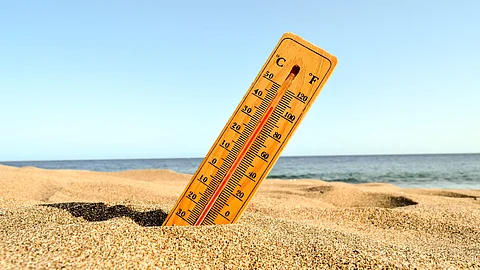The UK Health Security Agency has extended an amber heat-health alert across all of England until Monday morning, warning that the surge in extreme heat is likely to overwhelm healthcare services.
The current heat wave, driven by a strong high-pressure system, has raised temperatures in London to around 34 °C (93 °F), with other areas of south-east England reaching 32 °C on Thursday. Forecasters expect tropical nights—overnight temperatures above 20 °C—making it hard for many people to sleep.
This heat surge is part of a broader pattern across Europe—France is under orange alert, with temperatures nearing 39 °C, while Germany has also issued widespread heat warnings


